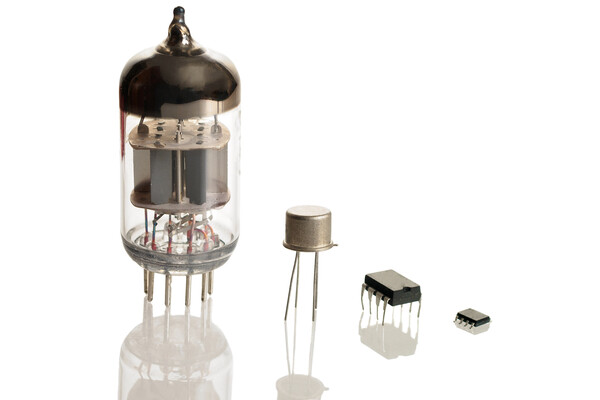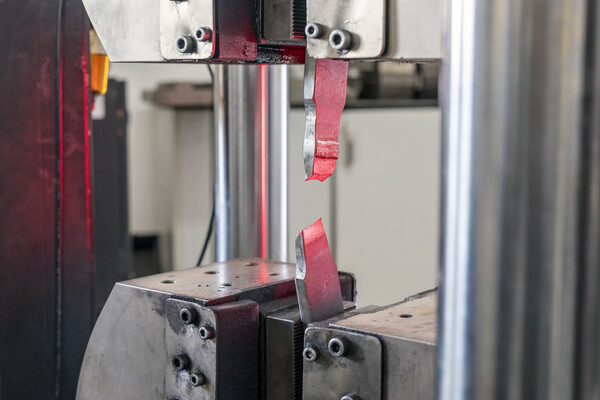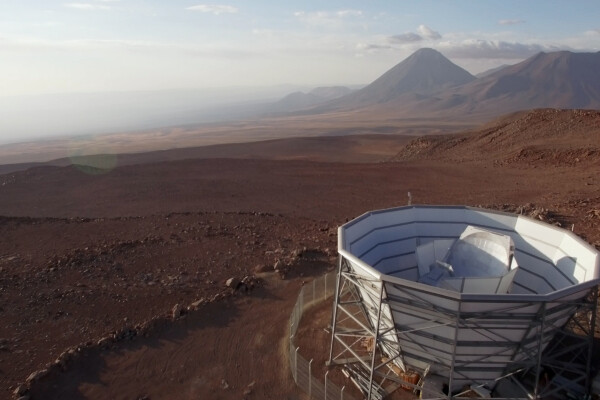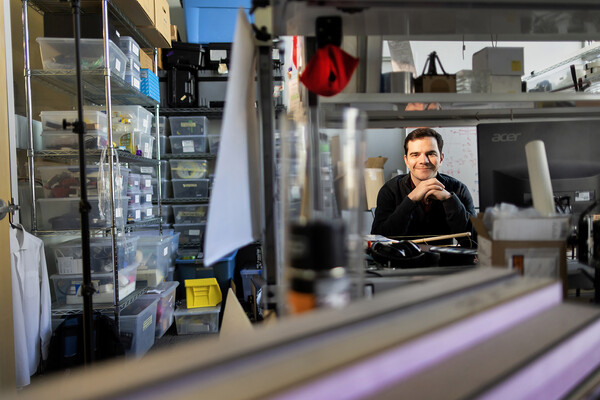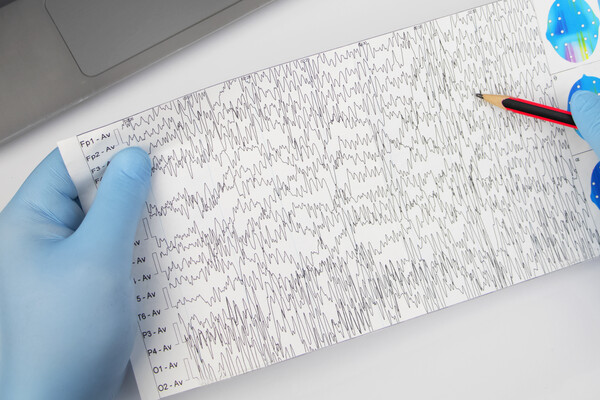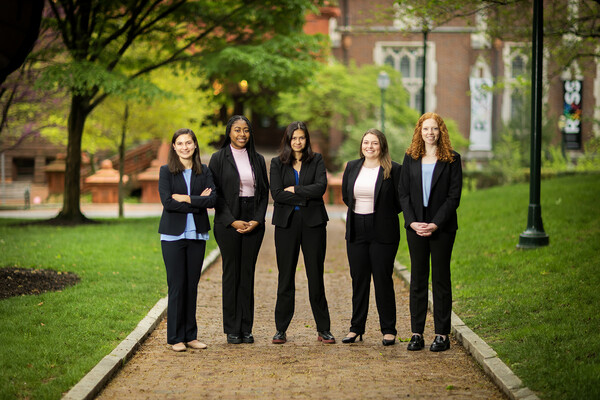
Recipients of the 2023 President’s Innovation Prize, team Sonura, five bioengineering graduates from the School of Engineering and Applied Science, have created a device that filters out disruptive environmental noises for infants in neonatal intensive care units. Their beanie offers protection and fosters parental connection to newborns while also supporting their development.
nocred



